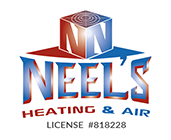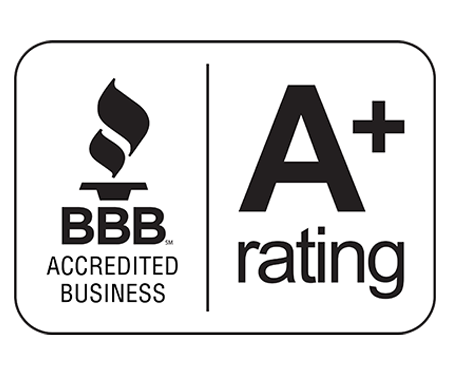March 7, 2023
Learn about the 6 Major Types of HVAC Systems
As the weather continues to fluctuate, HVAC (heating, ventilation, and air conditioning) systems become increasingly important for maintaining indoor comfort. However, not all HVAC systems are created equal. In fact, there are six major types of HVAC systems that cater to different needs and budgets. In this article, we will explore each type in detail, providing you with the information you need to make an informed decision for your home or business.
Table of Contents
- Introduction
- HVAC Systems Explained
- Split Systems
- Single-stage split systems
- Two-stage split systems
- Multi-stage split systems
- Duct-Free Systems
- Mini-split systems
- Multi-split systems
- Packaged Heating and Air
- Packaged air conditioners
- Packaged heat pumps
- Hybrid Heat Split Systems
- Geothermal Heating and Cooling Systems
- Conclusion
- FAQs
Introduction
HVAC systems are essential for providing comfortable indoor environments all year round. Not only do they regulate temperature, but they also help control humidity and air quality. However, with so many types of HVAC systems on the market, it can be overwhelming to choose the right one. In this article, we will explain the six major types of HVAC systems, their benefits, and their drawbacks.
HVAC Systems Explained
Before diving into the specific types of HVAC systems, it’s important to understand how they work. All HVAC systems have three main components: a source of heating or cooling, a distribution system (ductwork, pipes, or wires), and a control system (thermostat or sensors). The type of source used for heating or cooling determines the type of system.
Split Systems
Split systems are the most common type of HVAC system in homes and small commercial buildings. They are called “split systems” because they have both an indoor and an outdoor unit. The indoor unit contains the evaporator coil, while the outdoor unit contains the condenser coil. The two units are connected by refrigerant lines.
Single-stage split systems
Single-stage split systems are the most basic type of split system. They have one setting for heating or cooling and turn on and off as needed to maintain the desired temperature. They are the most affordable type of split system but may not be as efficient as other types.
Two-stage split systems
Two-stage split systems have two settings for heating or cooling, low and high. The low setting is used for mild temperatures, while the high setting is used for extreme temperatures. This allows the system to be more efficient and effective at maintaining the desired temperature.
Multi-stage split systems
Multi-stage split systems have more than two settings for heating or cooling. They are the most expensive type of split system but are also the most efficient and effective. They can adjust their output to match the needs of the space and provide the most precise temperature control.
Duct-Free Systems
Duct-free systems are ideal for spaces that cannot accommodate ductwork, such as older homes or small commercial buildings. They use individual units to heat or cool each room, rather than a central system. There are two types of duct-free systems: mini-split systems and multi-split systems.
Mini-split systems
Mini-split systems have one outdoor unit and one indoor unit per room. They are ideal for heating or cooling individual rooms or small spaces. They are highly efficient and cost-effective, as they only heat or cool the rooms that need it.
Multi-split systems
Multi-split systems have one outdoor unit and multiple indoor units, each with its own thermostat. They are ideal for heating or cooling several rooms or zones, each with its own temperature requirements. They are highly efficient and



